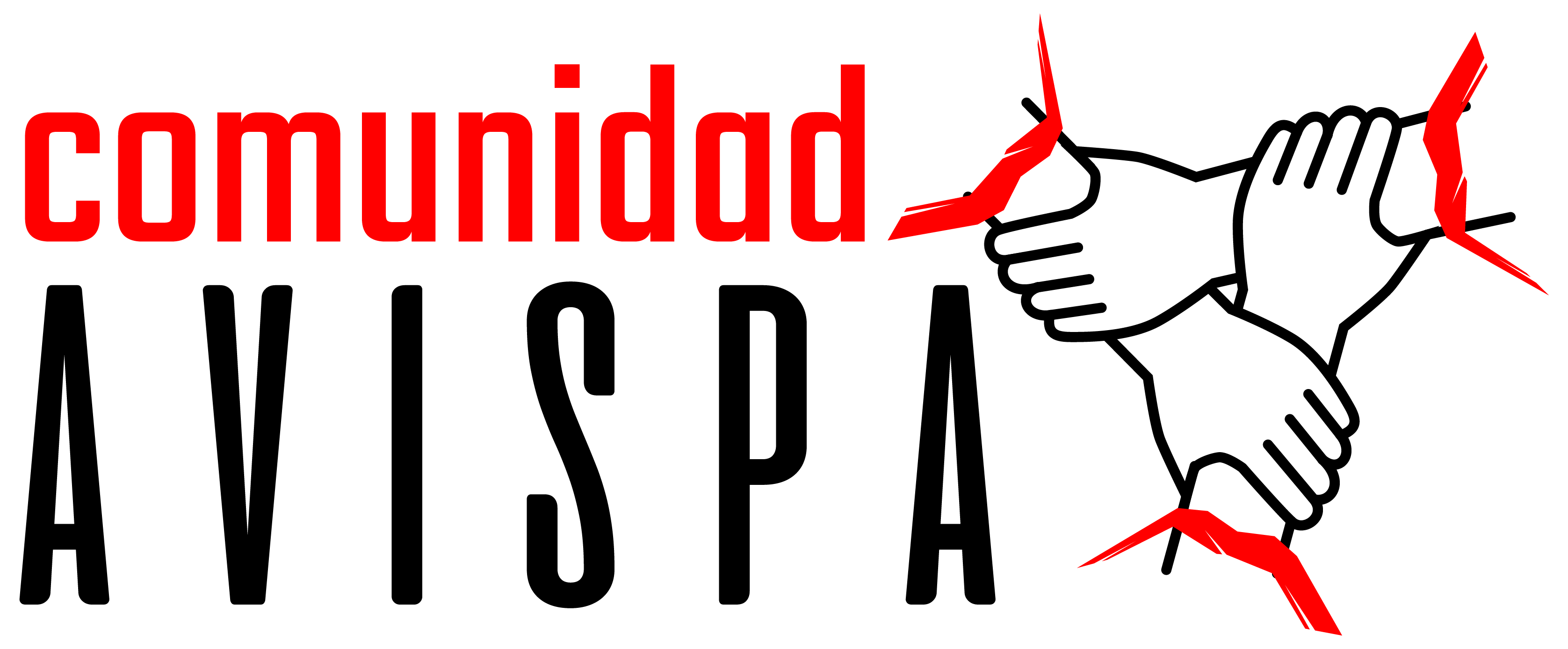Cover image: Jeny Pascacio
Translated by Elizabeth L. T. Moore
Large-scale, intermittent forced displacement; forced disappearances; land divestments; assassinations; torture; espionage and criminalization of social protests are just some of the serious human rights violations that are happening in multiple localities in Chiapas.
That’s the evidence provided by a report from the Centro de Derechos Humanos Fray Bartolomé de las Casas (CDH Frayba) titled “Chiapas, a disaster between criminal violence and State collusion.”
The document, which includes an analysis of situations registered between 2020 and 2022, highlights the increase of violence due to the existence of groups that use weapons for social, political, economic and territorial control in multiple of the southeastern Mexican state’s terrains.
As a continuation of a counterinsurgent strategy, criminal and paramilitary group operations adds to impunity encouraged by State actors, remilitarization of territories and confirmed espionage carried out by the Secretaría de la Defensa Nacional (Sedena) in Chiapas.
In this context, the human rights organization expresses its concern about the role of the Mexican military as the main perpetrator of crimes against humanity, just as it’s currently integrating “a super-power with the possibility of controlling all the social spheres and leaving the doors open for a neo-development and authority government to exercise power.”
According to CDH Frayba, this scenario is happening at the same time that the current administration is requiring a governmental economic policy which seeks for the Mexican State to promote territory reconfiguration through megaprojects to exploit natural resources.
Related - Guacamayaleaks: EZLN target of constant espionage by Sedena
The report says the Mexican State is found stuck in geopolitical interests seeking to impose infrastructure for the development of projects that look to take geostrategic advantage of natural goods. For this reason, among the violence strategies is the creation and administration of tension and conflict, starting from wasteful spending and the imposition of new forms of community organization, through social programs that involve organizational models in communities proposed by external people.
Counterinsurgency
The CDH Frayba emphasizes that, during the period covered by the report, an increase in aggressions against communities and Ejército Zapatista de Liberación Nacional (EZLN) support bases was recorded, due to an open dispute for control of the land recovered by said organization in 1994.
According to the human rights organization, this “exemplified how the counterinsurgency is operating toward the Zapatista project; the aggression and harassment committed by corporate organizations aligned with the State are diverse; just as for a territory reconfiguration from the project, the backbone of the current federal administration, Sembrando Vida.”
Related – Organizations Denounce Counterinsurgency Strategies of the 4T Against the Zapatistas
In agreement with the analysis, Sembrando Vida newly creates conflicts and tensions to confront villages and communities among whom fight for control coming from the right of autonomy and self-determination, without State intervention, and who seek access to the earth’s resources from monetary government support.
“The result is an irresponsible action by the federal government upon introducing a program that demands the requirement of legal land property in a region so fragmented and politically divided as the state of Chiapas,” the report states.
The document establishes that the objective of Sembrando Vida is imposing a new paradigm for territory reorganization, and control of the land and the individuals through registration, imposing external techniques and dynamics on the communities that don’t correspond to their needs.
Furthermore, it’s concerned with the creation of a parallel structure, to remove power from local authorities; “It’s a considerable threat against all the organizations in resistance that oppose government programs, to be self-sufficient, independent and, precisely, not controlled.”
Displacement
The report highlights that, among the phenomena with the deepest worsening in the State is internal forced displacement. “The dynamics show particular violent ways that involve patterns of local action and everyday links to territorial control, in good measure exercised from community structures, by armed groups and sectors of regional politics that they direct and support,” the document details.
In the period from 2010 to October 2022, the CDH Frayba registered the forced displacement of at least 16,755 people. It highlights that, from 2021 to present, in the border zone with Guatemala there are at least 2,000 people, members of 400 families, that abandoned their communities due to the violence generated by the dispute for territorial control by criminal groups.
Related - Observers withdraw from Zapatista territory after increase in violence
The document highlights that the difficulties related to the municipalities of Frontera Comalapa, Chicomuselo, La Trinitaria and Comitán, which are used as routes for drug transfers, human trafficking and sexual slavery; vehicle robberies, weapons dealing and kidnapping; along with being routes for the transit and movement of migrant people originating from Central and South America. “The substantial earnings that are generated in the southern border are of international significance, being the most important for the country, for which, the war between criminal groups to occupy these strategic municipalities does not let up.”


